UWB Won’t Fix Everything That’s Wrong With Google’s Find My Device

Contents
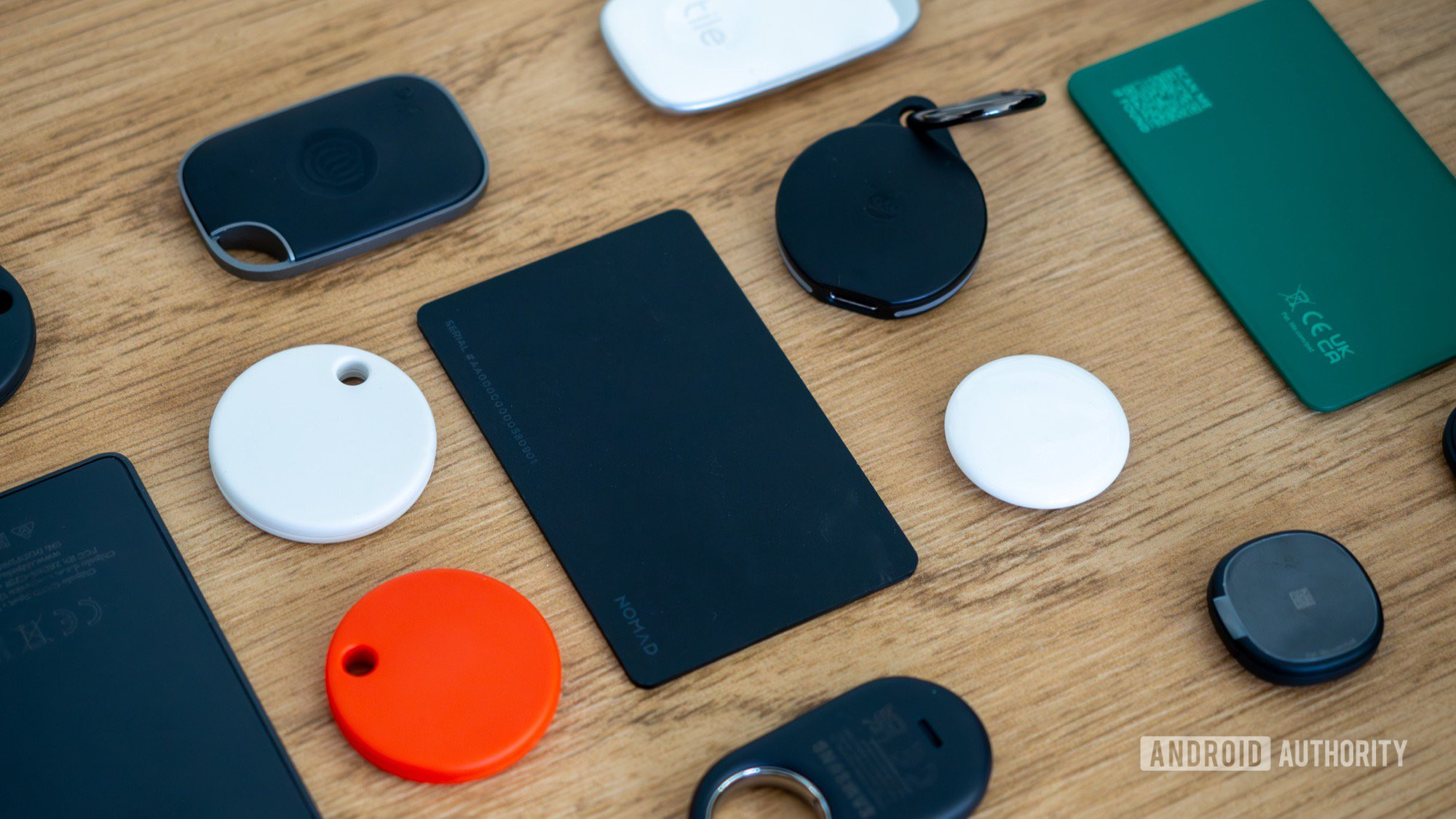
Rita El Khoury / Android Authority
Yesterday, Google announced that Ultra-wideband (UWB) support is coming to its Find My Device network later this month, starting with the Moto Tag. The UWB chip has been present in the tag since last year, but hasn’t been active until now. Soon, it will be, and we’ll be able to locate a nearby tag more accurately. More precise directions and distances will undoubtedly help me find my keys between the couch cushions or the tracker at the bottom of my full backpack faster and without triggering the ringtone.
That’s all awesome and a feature we’ve begged for since the launch of Google’s Find My Device networks and its compatible tags. If Apple’s and Samsung’s trackers had this option, it felt like a step back for Google not to offer it. However, having extensively tested and used Google’s network and a bunch of AirTag alternatives for Android, I’ll let you in on a secret: UWB isn’t enough.
As a matter of fact, UWB shouldn’t even have been the first improvement on Google’s to-do list; there are at least four or five improvements that would’ve been more useful than telling me to walk left or right to find my tracker.
Google’s network needs these crucial Bluetooth fixes — yesterday
The Google Find My Device app doesn’t work when you’re offline. The app just won’t load the available phones or trackers in Airplane mode, or if you happen to be in an area with limited connectivity (check the fourth screenshot above). In other words, your phone can’t find a Bluetooth tracker on Bluetooth only.
When I’m on a plane, I can’t make sure my luggage is in the luggage hold if I forgot to do it before take-off; when I’m on a high-speed train with a spotty connection, I can’t keep an eye on my suitcase in the luggage-designated area behind me unless I physically turn to check on it during every stop; and if I land in a country where I don’t have an active SIM yet, I don’t get to monitor my suitcase when it’s being delivered.
Sure, satellite support will be nice when it rolls out, but that sounds like climbing Everest when you could’ve just walked up a gentle hill. I wish Google would fix the easy things first. Make the app work offline so we can track our Bluetooth trackers on Bluetooth (d’oh), then add all the bells and whistles like UWB and satellite support.
Before UWB and satellite support, Google’s Find My Device needs to work well over basic Bluetooth.
Speaking of nearby Bluetooth finding, oh, how I long for the feature to actually work! I can’t tell you how many times I’ve had a tracker (irrespective of brand) literally next to my phone with the Find My Device saying, “last seen x hours/days ago.” It. Is. Right. There.
There’s no better example than this screenshot I captured while using the Moto Tag. The official Moto Tag app was showing the tracker as connected, while the Find My Device app told me it hadn’t been seen for seven days… on the same phone and literally at the exact same moment. Maybe it’s a bug, I thought. So I removed the battery from the tag, hoping it would reset the connection, put it back in, and things worked until a few minutes later, when the official app was still actively connected while Find My Device said it was last seen eight minutes earlier.
I know there’s a likely difference between an active Bluetooth connection for the official app and Bluetooth low energy for Find My Device, but under no circumstances should there be an eight-minute gap when the Find My Device app is open, showing that tracker, while the tracker is literally right next to my phone. That’s not to mention whatever bug had happened during those first seven days. I haven’t had a similar problem with any other tracker network I’ve tested (Samsung, Apple, Tile), so why can’t Google figure out the basics of Bluetooth first is beyond me.
Beyond Bluetooth, Google’s network is missing important features

Rita El Khoury / Android Authority
Google’s official feature set for Find My Device trackers is quite restricted. Any tracker that shows up in the app can display its current or last-known location, battery level, be shared with other users, and that’s it. UWB support is nice, but it doesn’t replace all the other features that have become essential on Bluetooth trackers in general.
There’s no option to reverse-find the phone by clicking the tracker’s button, and no saved location history to see where the tracker has been over the last 24 hours, both features of Tile and Samsung trackers. There are no left-behind alerts (or out-of-range alerts) when you mistakenly walk away from a tracker, a feature available on Tile, Samsung, and Apple trackers. To implement some of these, Chipolo and Moto had to build standalone apps. So instead of having this basic functionality built into the Find My Device app, I have to install a second app, keep it running in the background, and give it all the required permissions. Google should’ve solved that by offering the proper APIs for every tracker out there by default, in the Find My Device app.
Motorola and Chipolo had to build standalone apps to add essential tracker functionality that Google’s network is missing.
Honestly, I would rather see these improvements before UWB support. UWB adds a bit of extra flourish on top of existing functionality, whereas left-behind alerts and reverse phone finding would’ve brought genuinely new features to the Find My Device platform. But I guess they don’t sound as cool as UWB, and all the tech reviewers wanted UWB.
UWB is a pretty band-aid on a semi-broken service
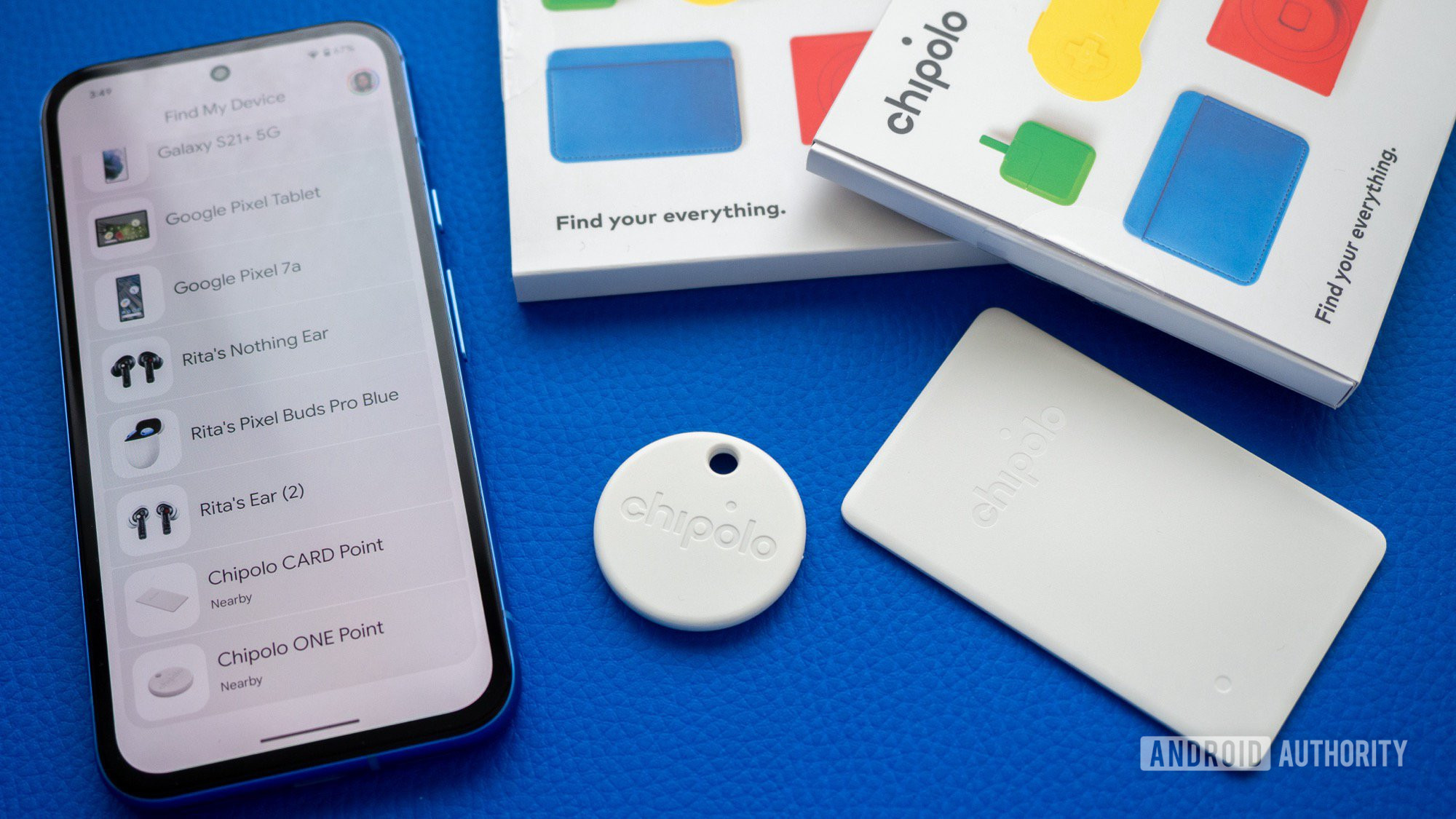
Rita El Khoury / Android Authority
I’m not saying I don’t want UWB functionality in Find My Device. Of course, I do. But Google’s network woes won’t be magically solved with this new capability. If you’re hoping they will or were holding your breath for UWB before buying any Google-compatible trackers, I’m sorry to burst your bubble. There are more pressing issues that Google should’ve fixed first.
Sure, the network does seem more solid now, and I’m running into fewer hiccups than I did in 2024, but it’s still not as reliable as Apple’s and Samsung’s networks in my testing, which is why I still recommend Samsung’s Galaxy SmartTag 2 for Android users. I keep running into bugs like bad Bluetooth connectivity, and have some random days when the tracker is just invisible. When I mark a tracker as lost, I rarely get a notification when it’s found, even if it’s been found (I manually open the app to check and see it there). When an unknown tracker follows me, there’s a long delay before my Android phone alerts me (it alerts me of an AirTag before it does a Find My Device tracker). And I’m not alone, people still complain about these trackers and the ability to find things near home.
And, if nothing else, Google should’ve prioritized making Bluetooth trackers trackable over Bluetooth first. At least we can all agree on that.
What’s your reaction?
Love0
Sad0
Happy0
Sleepy0
Angry0
Dead0
Wink0
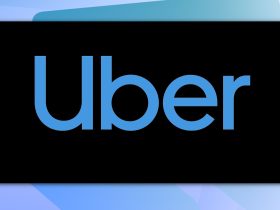
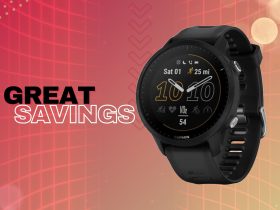
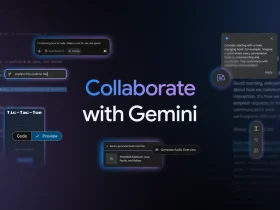

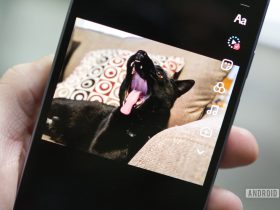

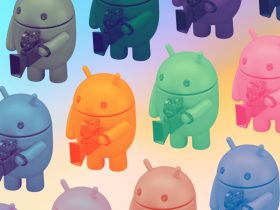
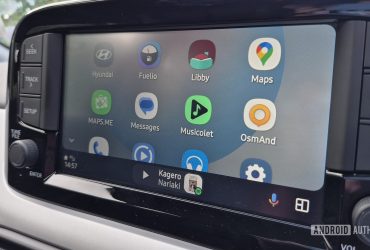
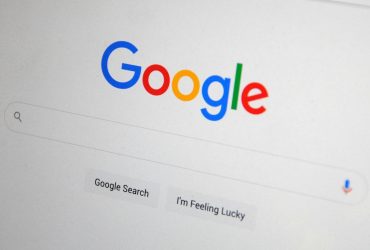
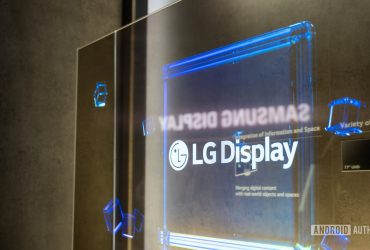

Leave a Reply
View Comments